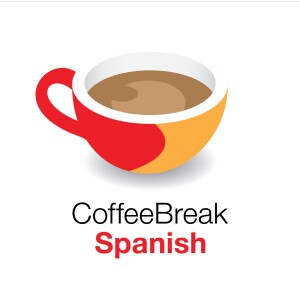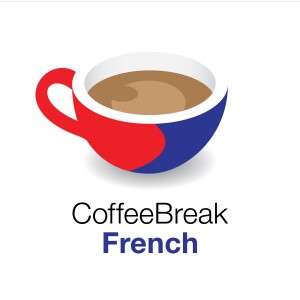

The message in a bottle had been lost for more than a century, bobbing along the waves before Marianne Winkler stumbled across it as she was strolling along the beach while on holiday. At first she didn’t realise how old it was and followed the instructions written on the message to break the bottle. Inside she found a postcard written in English, German and Dutch with information to fill in about where the bottle was found and when along with the offer of a shilling reward if the postcard was returned to the Marine Biological Association in Plymouth.
瓶子里的信息已经丢失了一个多世纪,在玛丽安·温克勒(Marianne Winkler)度假时沿着海滩漫步时偶然发现了它,并沿着海浪漂浮。 起初她并没有意识到它有多大,并按照信息上写的说明打破了瓶子。 她在里面发现了一张用英语、德语和荷兰语写的明信片,上面写着瓶子的发现地点和时间,如果将明信片归还给普利茅斯的海洋生物协会,她将获得先令奖励。
Mrs Winkler dutifully sent the postcard back, much to the excitement of the scientists in Plymouth where the research institute still exists today. They worked out that the bottle had probably been thrown into the sea in 1906 as part of an experiment into deep-sea currents.
温克勒夫人尽职尽责地将明信片寄回,这让普利茅斯的科学家们非常兴奋,该研究所至今仍然存在。 他们得出结论,这个瓶子可能是 1906 年作为深海洋流实验的一部分被扔进海里的。
The scientists were thrilled and duly stuck to the century-old promise about a reward, went on eBay and sent Mrs Winkler an old shilling.
科学家们非常兴奋,并恪守了一个世纪以来关于奖励的承诺,在 eBay 上给温克勒夫人寄了一个旧先令。
More Episodes
All Episodes>>You may also like
Creat Yourt Podcast In Minutes
- Full-featured podcast site
- Unlimited storage and bandwidth
- Comprehensive podcast stats
- Distribute to Apple Podcasts, Spotify, and more
- Make money with your podcast












